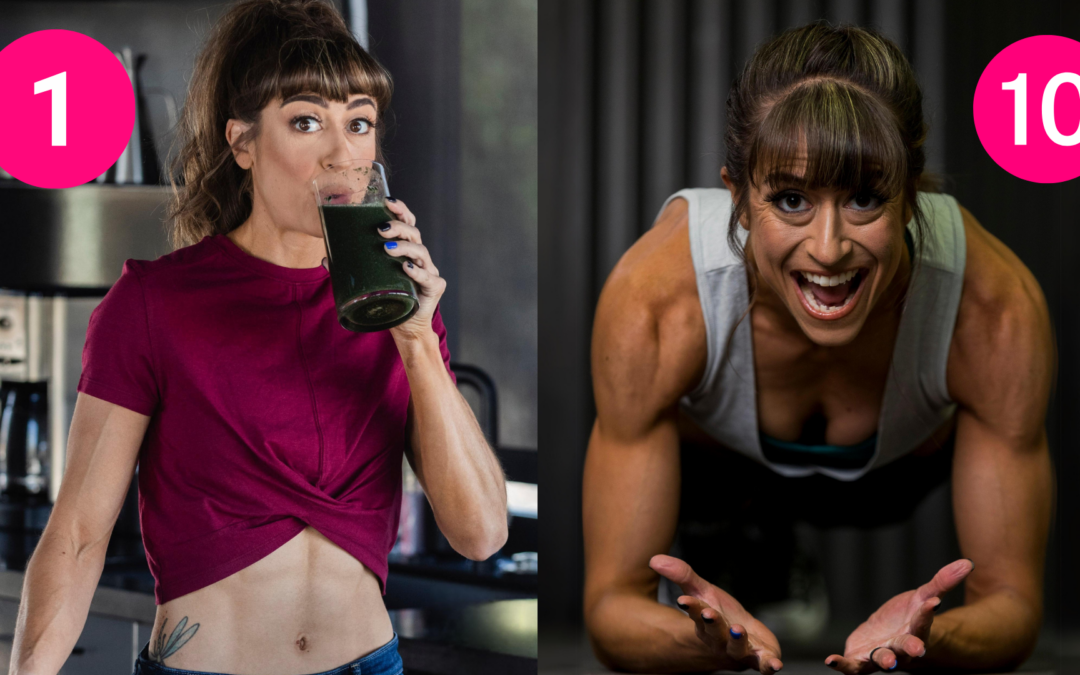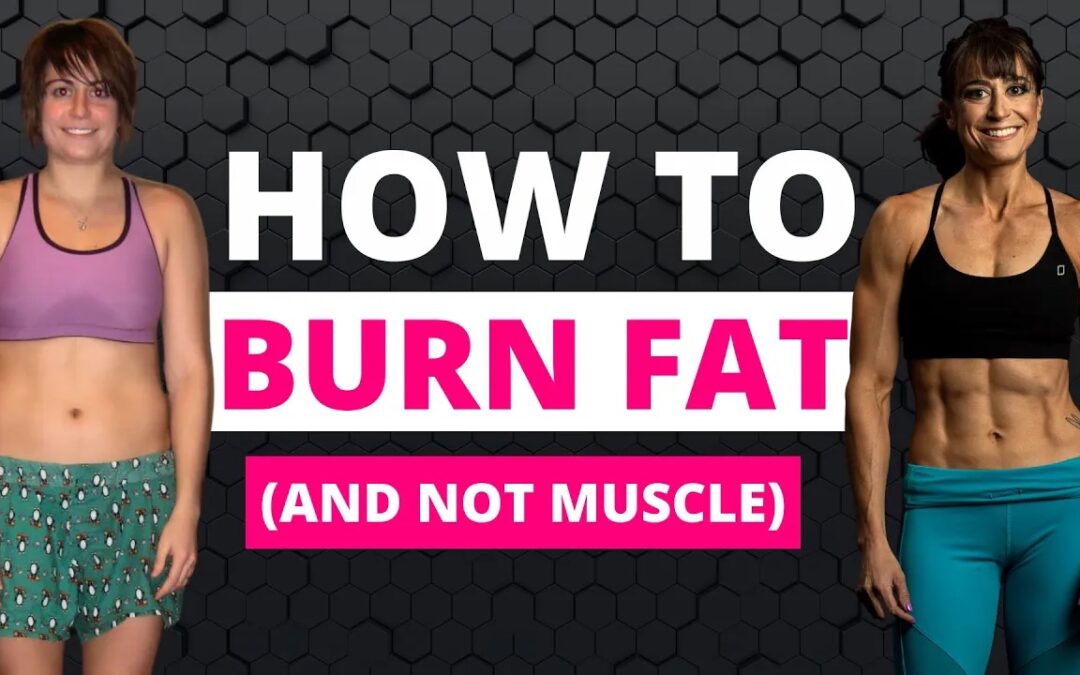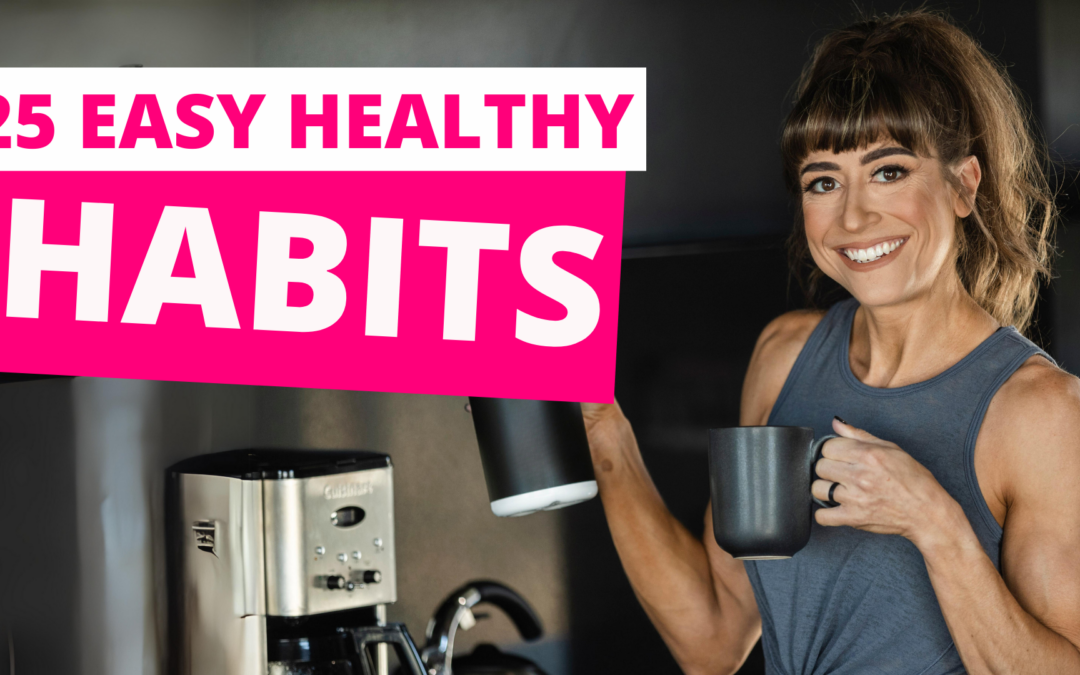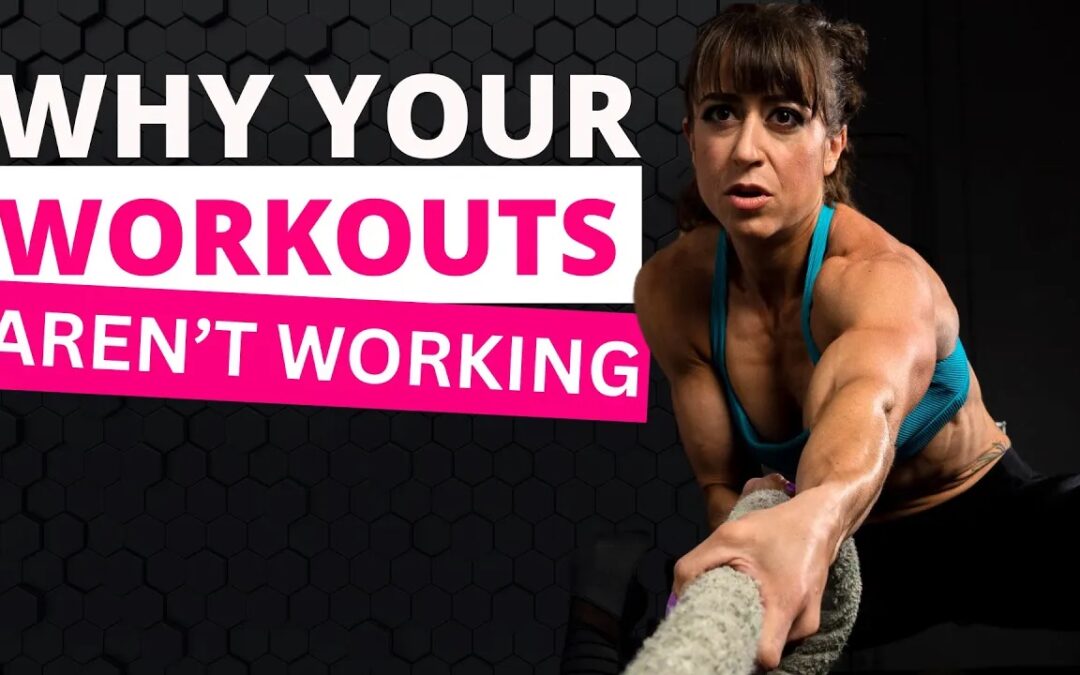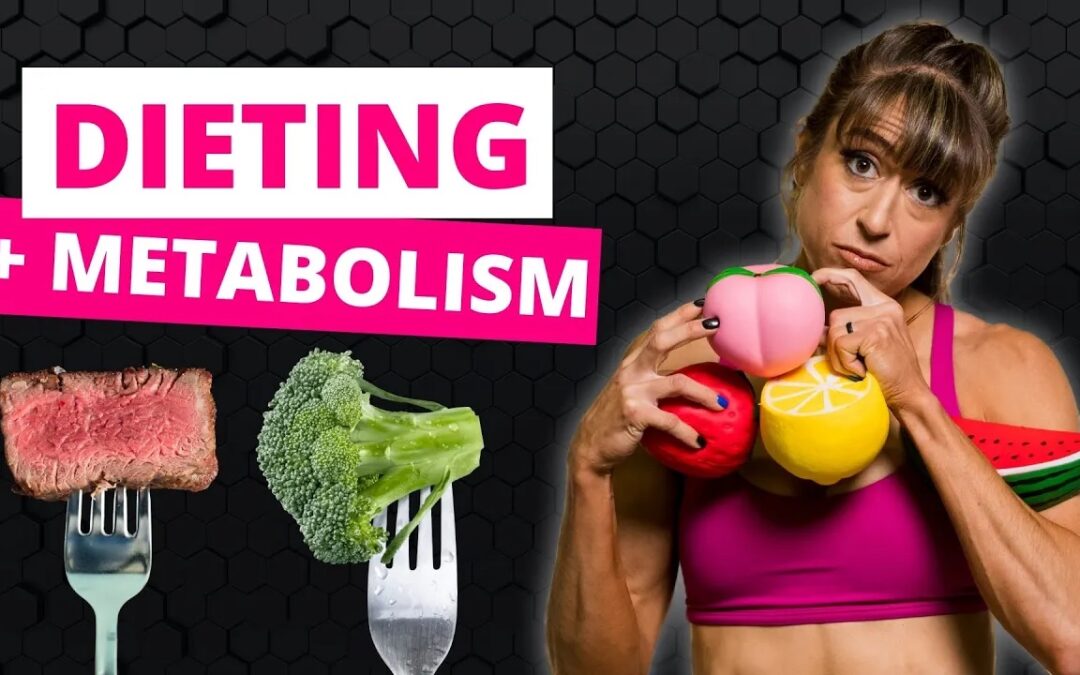
by Cori Lefkowith | Apr 21, 2024 | Blog, Diet, Exercises
There is an OVERWHELMING amount of opinions out there about the best ways to lose fat and keep it off. And these different opinions are honestly OPPORTUNITIES for us to create the plan that meets us where we are at – Because one size doesn’t fit all. We just...

by Cori Lefkowith | Apr 7, 2024 | Blog, Diet, Exercises
If you feel lost as to what to do and like your hard work in the gym isn’t showing, I want to help you avoid common body recomp mistakes with 5 tips to dial in your workouts and your diet to help you lose fat NOT muscle! The first key component for fat loss is...

by Cori Lefkowith | Mar 31, 2024 | Blog
1% unsexy habit improvements yield the sexiest and most fabulous results. And often doing just one thing that seems almost too simple can lead to a domino effect that creates better and faster results. If we can start with just one simple daily habit, we can often...

by Cori Lefkowith | Mar 24, 2024 | Blog, Exercises, Workouts
Stop stringing together random moves. Stop just pulling random workouts that feel hard. If you want results, your training sessions need to be designed with purpose. You need to create routines that are actually focused on your goals. Because training hard and...

by Cori Lefkowith | Mar 3, 2024 | Blog, Diet
Fad diet are keeping us stuck in this horrible yo-yo dieting cycle… A cycle where we oddly become really good at losing the weight… But also really good at regaining it. And over time we only feel more and more frustrated not seeing the results we want while working...
